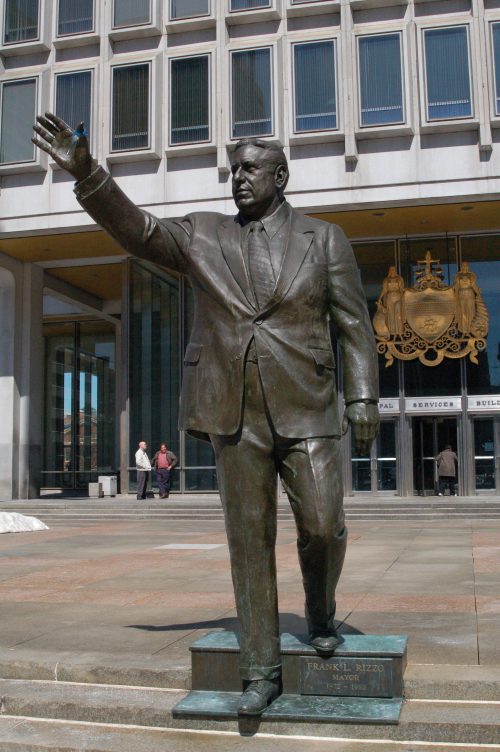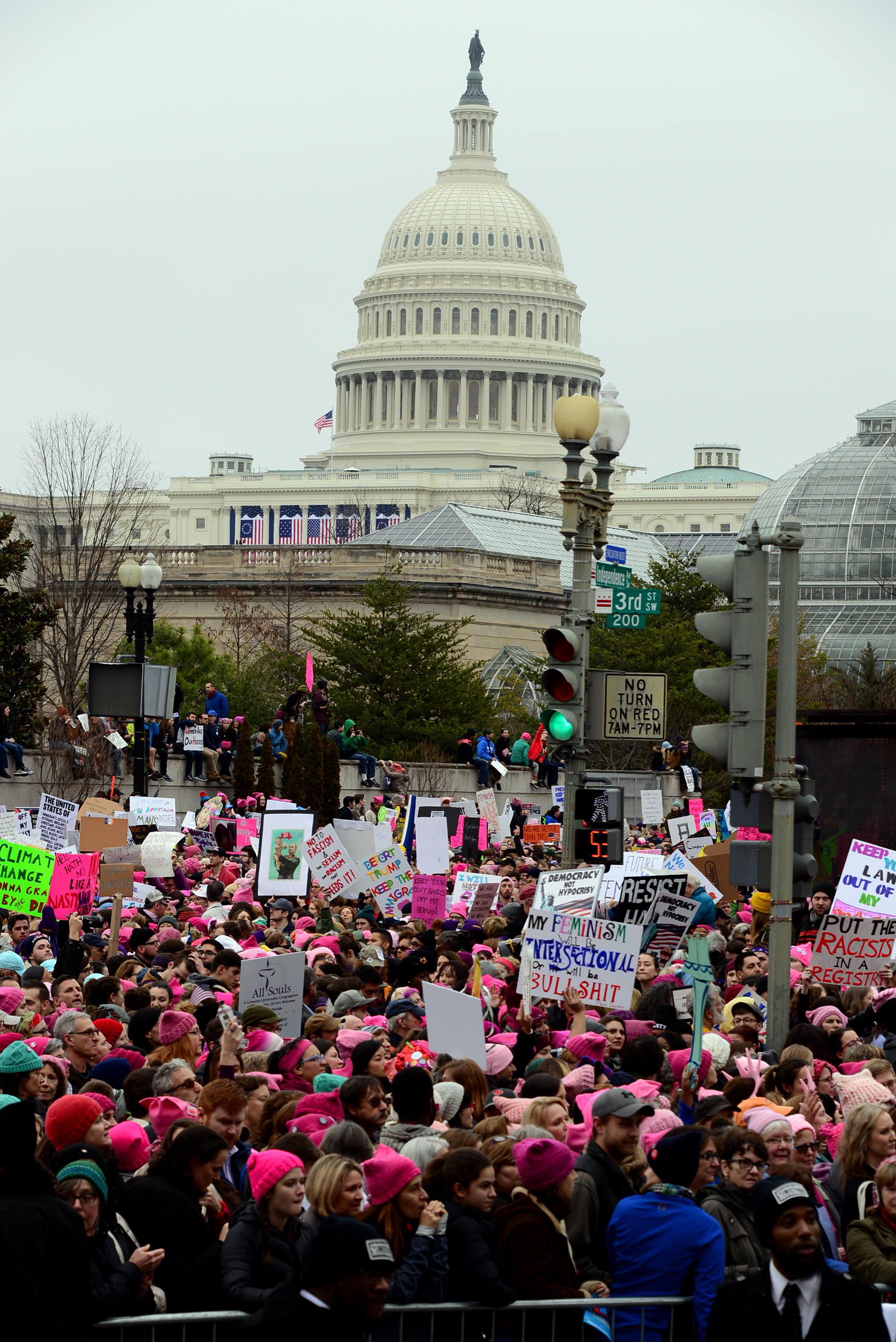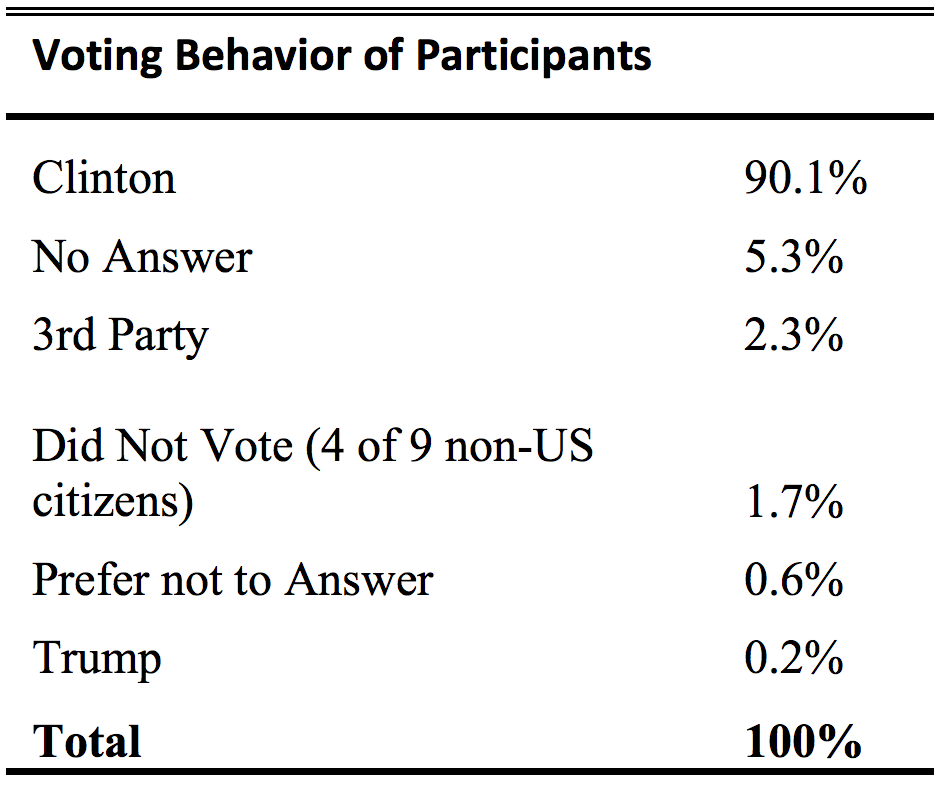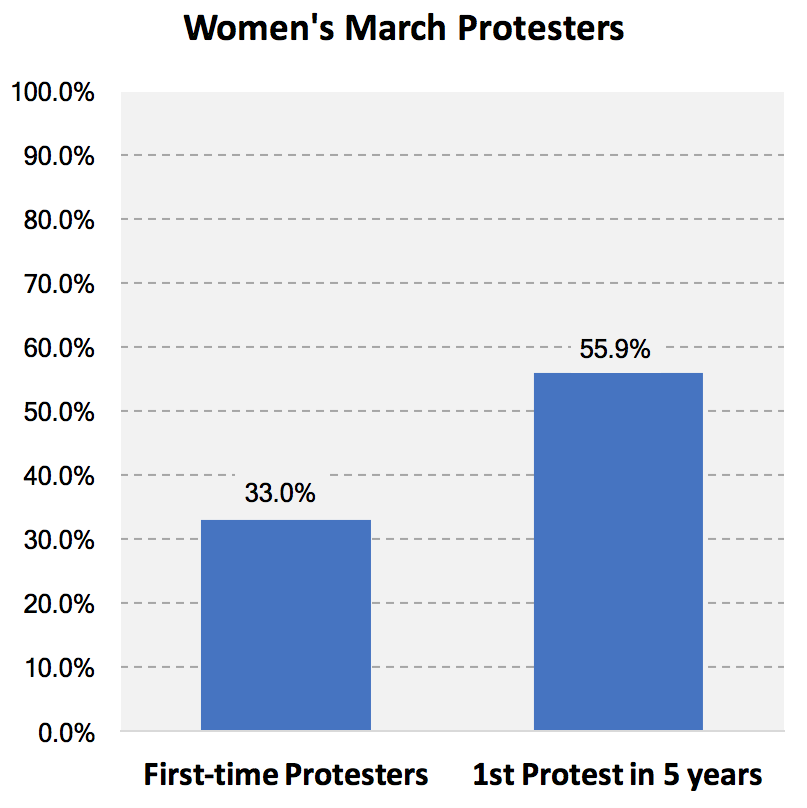Content Note: Some slurs in historical context below the break.
Since the white nationalist march on Charlottesville, VA, in August, many cities in the South are grappling with what to do about Confederate monuments in their public spaces. The argument, which I agree with fully, is that Confederate monuments celebrate people who dedicated their lives to the oppression of people of color and should be removed. While there is support for removing Confederate statues among many Northern liberals, treating Confederate generals as the only obvious indicators of state-sanctioned racism perpetuates the notion of Southern exceptionalism.
The truth is that you do not need a white hood or the Stars and Bars to be a white supremacist. In Philadelphia, the debate over a monument is not about the statue of a general from 1865 but about a 1972 Democrat Mayor.

Across the street from City Hall, right in the entrance of the Municipal Service Building, a statue of Frank Rizzo towers nine feet high. Frank “The General” Rizzo served as Philadelphia’s Police Commissioner in the late 1960s and early 1970s and as the Mayor of Philadelphia from 1972 to 1980. Rizzo was known as a pull no punches kind of guy. During his reelection campaign of 1975 he famously told his adversaries, “Just wait after November, you’ll have a front row seat because I’m going to make Attila the Hun look like a faggot.” His brutal, and racially motivated, legacy on the Philadelphia Police department is still felt to this day.
Rizzo was born and raised in South Philadelphia in a home with a beat cop father. After dropping out of high school and briefly joining the navy, Rizzo joined the Philadelphia police, making a name for himself as “a no-nonsense cop who swung first and asked questions later.” In 1967, Rizzo become police commissioner. A year after he led police officers to a school administration building where black students were protesting for black history in their school curriculum. Rizzo told the cops, “get their black asses.”
The image that best captures Rizzo’s tenure as police chief is from 1970. A week before a Black Panther convention that was intended to take place at Temple University, police officers raided a group of Panthers and conducted strip searchers on the activists in the streets. The picture (content warning) was printed on the front page of the Philadelphia Daily News the day after.
In 1972, after a campaign in which he was endorsed by a KKK spinoff organization in Pennsylvania and in which his slogan was “vote white,” Frank Rizzo assumed the office of the Mayor of Philadelphia. The tenure of Rizzo as mayor could be thought of a series of civil right lawsuits. In 1975, the court issued a consent decree after a suit against Rizzo and the city for the failure to hire black fire fighters. In 1976, Rizzo was sued for violating the Fair Housing Act. In 1979, the Department of Justice filed what was called “an unprecedented civil suit” against Rizzo and the city for “condoning systematic police brutality.” These are just a few examples.
In 1978, the KKK awarded Rizzo the “Racist Hero of the Month award.”
After a long and failed campaign to seek a change in the City’s charter that would allow him to run for a third term, Rizzo left office in 1980. He continued his career as a “guardian of white rights.”
In the aftermath of Charlottesville, Philadelphia Councilwoman Helen Gym tweeted: “All around the country, we’re fighting to remove the monuments to slavery & racism. Philly, we have work to do. Take the Rizzo Statue down.” This wasn’t the first time that a call was made to remove the Rizzo statue in Philly. Groups of activists have been protesting the statue every Thursday for the past year.
Southern exceptionalism is the notion that the group of Southern states of the United States, the former Confederacy, is an exceptionally racist entity that America battles with every few generations. By blaming the South for racism while ignoring the way the establishment, law-enforcement, and large parts of white America in the North treated people of color, Northern liberals absolve themselves of any moral wrongdoing. Historian Clarence Lang writes that Southern exceptionalism “celebrates the inevitable triumph of U.S. democratic values, and ignores the structural role of inequality in building and maintaining the U.S. nation-state.”
We cannot allow the conversation around confederate monuments to ignore the racism of America as a whole and scapegoat racism on the south.
We must expand our political and sociological imagination about racism and white supremacy beyond the South and the Confederacy. Philadelphia is doing exactly that. Recently, the Office of the Mayor of Philadelphia published a call for ideas on what should be done with the problematic statue. The call received hundreds of ideas and now Philadelphians wait for a decision on the statue’s future.
At the end of the day, changes in law, policies, practice and wealth distribution will dismantle the legacy and presence of racism and oppression in the United States. Taking down monuments is a way to publicly affirm a commitment to that goal.
There is no Confederate statue in Philadelphia, at least none that I know of. Taking down the Rizzo statue in the city of brotherly love will be a victory for progressives everywhere. Just as white progressives from the North support struggles to remove monuments in the South, they must identify the “Rizzo statue” in their towns and remove it.
Abraham Gutman is an Israeli writer and economist currently based in Philadelphia. His writing focuses on Israel/Palestine, race in America, policing, and housing. Abraham currently works at the Center for Public Health Law Research at Temple University where he conducts research on housing policy. All opinions are his own. Follow him on Twitter @abgutman.





 Recently Nadya Tolokonnikova was
Recently Nadya Tolokonnikova was 

